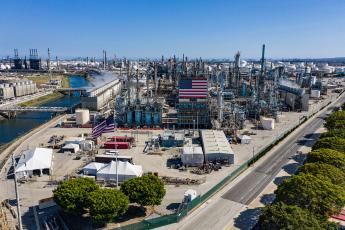Updated: Why California vehicle bans & Virginia policy matter to AFPM
You may have seen that AFPM is shining a spotlight on the Commonwealth of Virginia and its unlikely tie to California’s looming ban on gasoline and diesel vehicles. Allow us to explain why, and also to lay out the current state of vehicle mandates and bans in Virginia.
